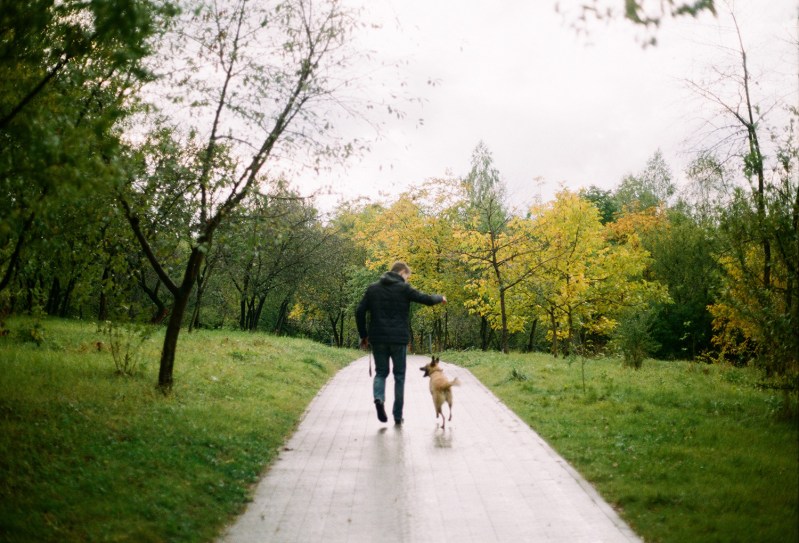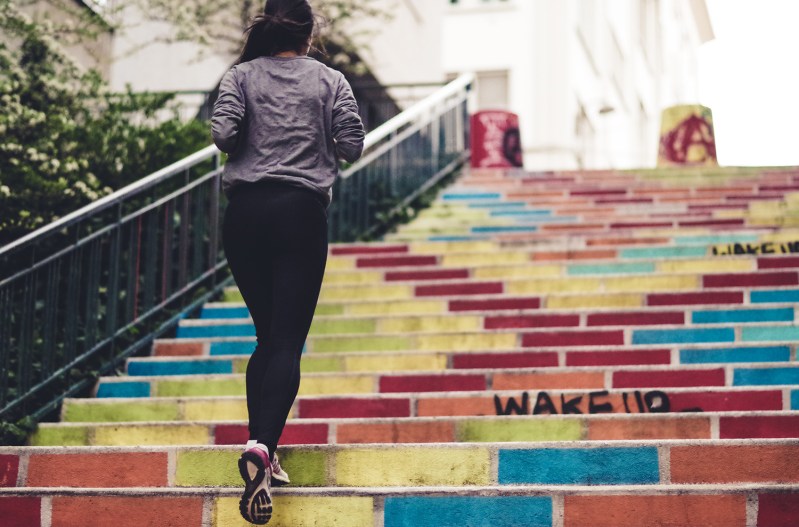The novel coronavirus, also known as COVID-19, is clearly here to stay for a while. With more than 4,300,000 cases worldwide and over 1,400,000 cases and counting in the U.S., cities and states around the country are taking drastic measures to curb the spread of the infection. These include closing restaurants, bars, and other businesses, implementing lock-down orders, and calling on citizens to practice social distancing and self-isolating at home to flatten the curve and prevent our healthcare system from being overloaded.

But even for the purposes of public health, being cooped up inside all day can be difficult, which begs the question: Can you go outside during a self-quarantine? What about during a shelter-in-place order, which more locations are adopting? If so, where can you go and for how long? Could you go to a national park? Can a group of people go outdoors as long as the individuals maintain the proper distance from each other? In this article, we’ll answer your questions about going outside during a global pandemic. While the information provided here is up-to-date as of the time of publication, please check the Centers for Disease Control website and your local health authority to stay on top of changes and updates.
My state or city is currently under a shelter-in-place order. Can I go outside?
Shelter-in-place is defined as “finding a safe location indoors and staying there until you are given an ‘all clear’ or told to evacuate.” This term is generally applied to active shooter situations where there is an immediate threat, which is why it’s a bit of a misnomer for the current COVID-19 pandemic. Yes, you should absolutely stay inside and away from others as much as possible, but that doesn’t mean you are banned from leaving your home. As long as you are not currently infected or suspect you might have been exposed to infected individuals, you can still go outside. Many governments that are implementing shelter-in-place orders actually encourage people to go outside occasionally for their mental and physical health.
Yes, you can leave your home for exercise and to get some fresh air, but you should still practice social distancing by staying six feet away from others at all times.
(If you do have COVID-19 or suspect you might have it, you will need to be in isolation for 14 days and should not go outside.)
Can I go for a walk around the block or go to a park?
Yes. The shelter-in-place and stay-at-home orders that have been implemented in states like Oregon, California, Illinois, and New York allow for people to leave their home for “essential needs” like seeking medical attention, getting groceries and other necessities, and going outside for outdoor activities like walks or going to the park (children’s playgrounds should be avoided, though). However, this is with the caveat that while yes, you can leave your home for exercise and to get some fresh air, you should still practice social distancing by staying six feet away from others at all times.
Can I exercise outside?
Many cities have closed gyms, climbing walls, and other indoor recreation areas to prevent the spread of COVID-19, but you can still go for a run around your neighborhood. But, as always, stay away from others.

Can I go for a hike?
If you have the means of visiting an urban park with hiking trails or getting outside a city in a personal vehicle that limits your contact with others, yes, hiking is still OK. If you want to go
What about going to national parks or state parks?
National and state parks might seem like a perfect place to weather a pandemic or get rid of that COVID-19 cabin fever: get out of the house for the day to enjoy nature or avoid society altogether by camping in the woods for a few weeks. But not so fast. If you’re considering it as an option, lots of other people probably are as well. Some national and state parks have reported significant spikes in camping reservations, showing that going into the wild might not be as socially isolating as you’d think. To counter this, many parks are canceling or closing
Do not go outdoors with a large group; go with whomever you are sheltering in place with.
Not all national and state parks are yet closed to the public (some that are closed include Yosemite and other California national and state parks) and those national parks that are still open have actually waived entry fees during this unstable economic time. But this is a rapidly evolving situation, so before heading to the hills, check what national and state parks are open in your area or if they have made changes to their operations. For more information, visit the National Parks Service’s COVID-19 page for updates and your closest park’s website.
That being said, if you are able to visit your local national/state park to get outside for a bit, do not do so with a large group; go with whomever you are sheltering in place with. If you encounter large groups in gathering areas or on the trail, smile and wave, but keep your distance.
You can also use Google Earth to do virtual tours of these 31 national parks.
In summary
In summary, as long as you are not in quarantine or self-isolating because you have or suspect you have coronavirus and are simply living in a place with a shelter-in-place/stay at home order, you are permitted to go outside. So be sure to take advantage of that: getting out of the house once a day for a walk to soak up some sunshine and get some fresh air will do wonders for your mental state and your physical health.



